The Cost of the Olympics in the Year You Were Born
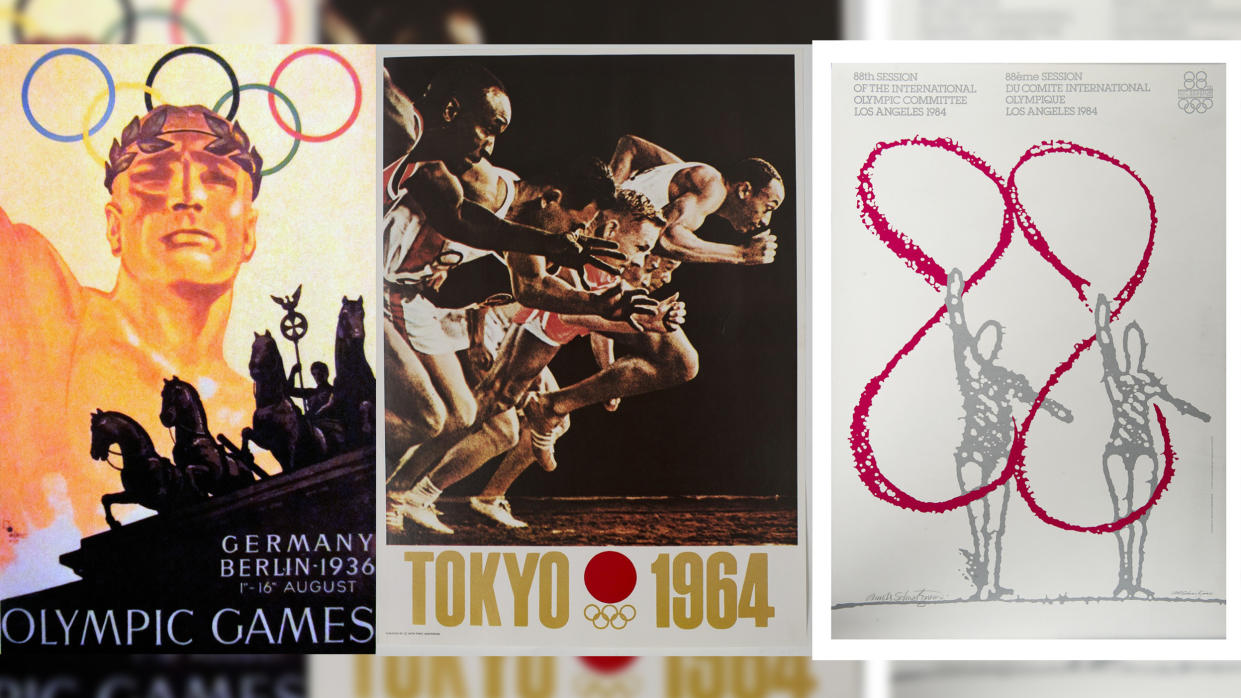
Putting on the Olympic Games is often a major financial undertaking for the host city, with the direct costs -- the cost to build venues, stage the ceremonies, etc. -- oftentimes totaling in the billions.
Take a Look: The 20 Most Valuable Sports Franchises in the World
Find Out: How Much Athletes Make for Playoff Runs in the NBA, NFL and Other Sports
GOBankingRates calculated the direct costs of hosting the Summer and Winter Olympic Games from 1936 to 2018, adjusted for inflation, to find out how much hosting the Olympics has cost over the past eight decades. It's important to note that these figures do not include indirect costs, such as infrastructure improvements.
Learn: Money Lost With the Ongoing Changes to the Summer Olympics
It also remains to be seen how much the Tokyo Olympic Games will end up costing. The original cost estimate was $12.6 billion on the lower end, with the delay adding on at least $2.7 billion -- bringing the total anticipated cost to about $15.3 billion, Forbes reported. However, that's still significantly less than the most expensive Olympic Games of all time.
Last updated: July 22, 2020
Pictured: The 1936 Berlin Olympics, 1964 Tokyo Olympics and the 1984 Los Angeles Olympics official posters.

1936 -- Berlin
$549,410,000
Berlin built its Olympic stadium -- known as Olympiastadion -- under Nazi Germany from 1934 to 1936. According to Visit Berlin, the stadium's design was inspired by the clear geometric forms of classical-era arenas and was able to hold 100,000 people.
Read: Most Successful Athlete From Every Decade
Pictured: Jesse Owens winning the gold medal at 1936 Olympics in Berlin.
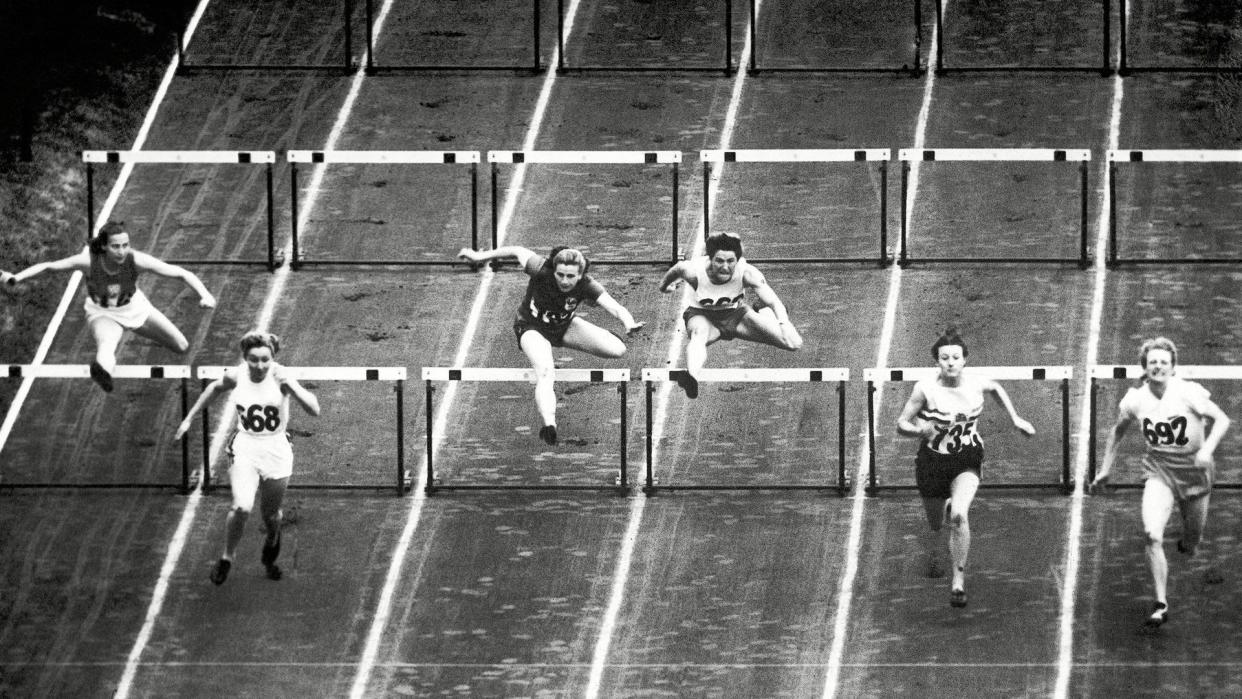
1948 -- London
$32,630,000
Due to World War II, the Olympic Games were not held in either 1940 or 1944. Although London had short notice that it would be hosting the 1948 Games, the city rose to the occasion -- however, due to austerity measures, it was not able to pump too much money into its facilities. The competitions took place in existing structures and no Olympic Village was erected for the games, according to Encyclopedia Britannica.
More: The Richest Athletes in the World
Pictured: Fanny Blankers-Koen winning the women's 80-meter hurdle for a gold medal.
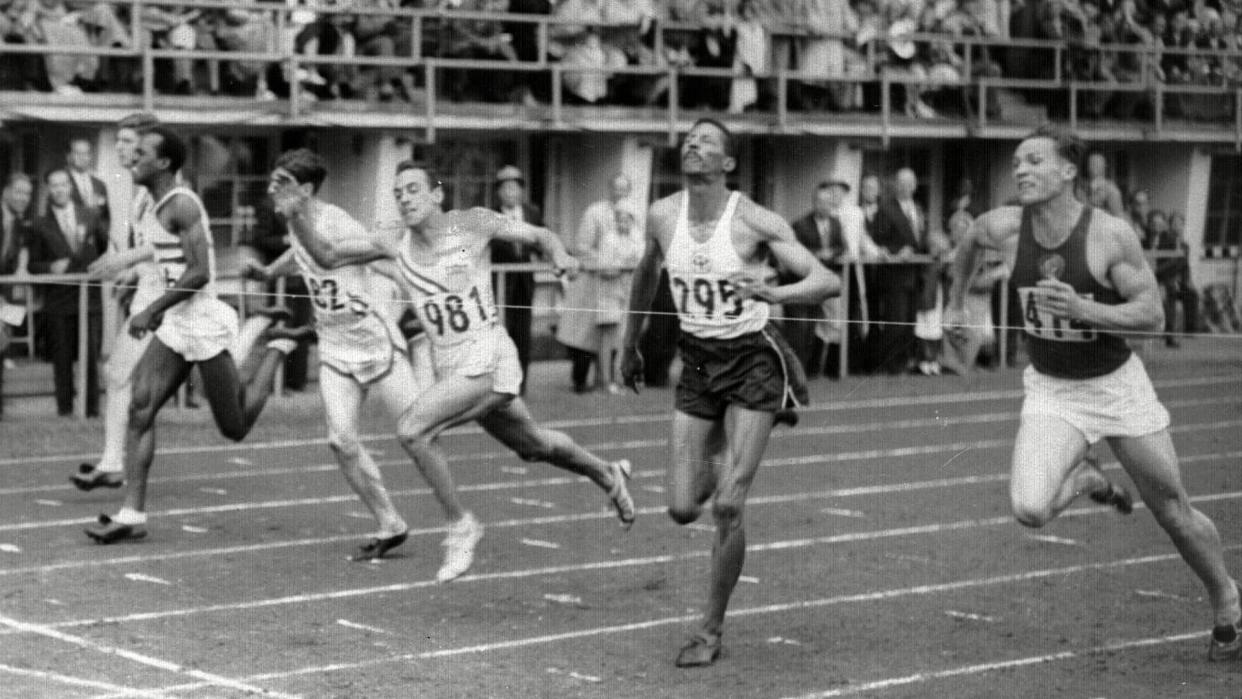
1952 -- Helsinki
N/A
The 1952 Summer Olympics in Finland marked the first time that Israel and the Soviet Union competed.
Check Out: LeBron James and More of the Richest Athletes Younger Than 40
Pictured: Lindy Remigino of New York wins the 100-meter final at the Olympic Games in Helsinki.

1956 -- Melbourne, Australia
$126,796,000
Melbourne erected an Olympic Park for the 1956 Summer Olympic Games, but its most iconic arena -- the Melbourne Cricket Ground -- had already existed for a century at that point, The Guardian reported. The Australian city did build a new Olympic swimming pool for the occasion, which The Guardian called "the Games’ lasting landmark."
Other Sporting Events: The Cost To Go To the Super Bowl the Year You Were Born
Pictured: Charles Dumas clears the bar during the men's high jump finals winning a gold medal at the 1956 Melbourne Olympics.

1960 -- Rome
$616,720,000
Rome built several new structures to host the Olympics, including an Olympic Stadium to house the opening and closing ceremonies and the track-and-field competition, and a Sports Palace, according to Encyclopedia Brittanica. In addition, several ancient sites were restored and used as venues, including the Basilica of Maxentius, which was used for the wrestling competition, and the Baths of Caracalla, which hosted the gymnastic events.
Pictured: Olympic Stadium in Rome during the closing ceremony of the 1960 Summer Olympics.

1960 -- Squaw Valley, California
$117,730,000
When Squaw Valley, California, was selected as the host of the 1960 Winter Olympics, there was only a single ski resort in the area -- so all the facilities had to be built from scratch, the History Channel reported: "In only five years, everything from sports tracks and arenas to logistical structures were quickly built. Given the lack of existing lodgings or locals to house athletes, Squaw Valley gave birth to the idea of creating an Olympic Village to host athletes and their trainers."
Pictured: The closing ceremony of the 1960 Winter Olympics in Squaw Valley, California.

1964 -- Tokyo
$309,370,000
Tokyo constructed the Nippon Budokan for the 1964 Games, and it has since become a major Japanese martial arts venue as well as a concert venue -- the Beatles performed there in 1966, according to the official Olympic Games website.
Pictured: Aston Geesink and Aiko Kaminaga compete in the heavyweight judo during the 1964 Summer Olympics in Tokyo.
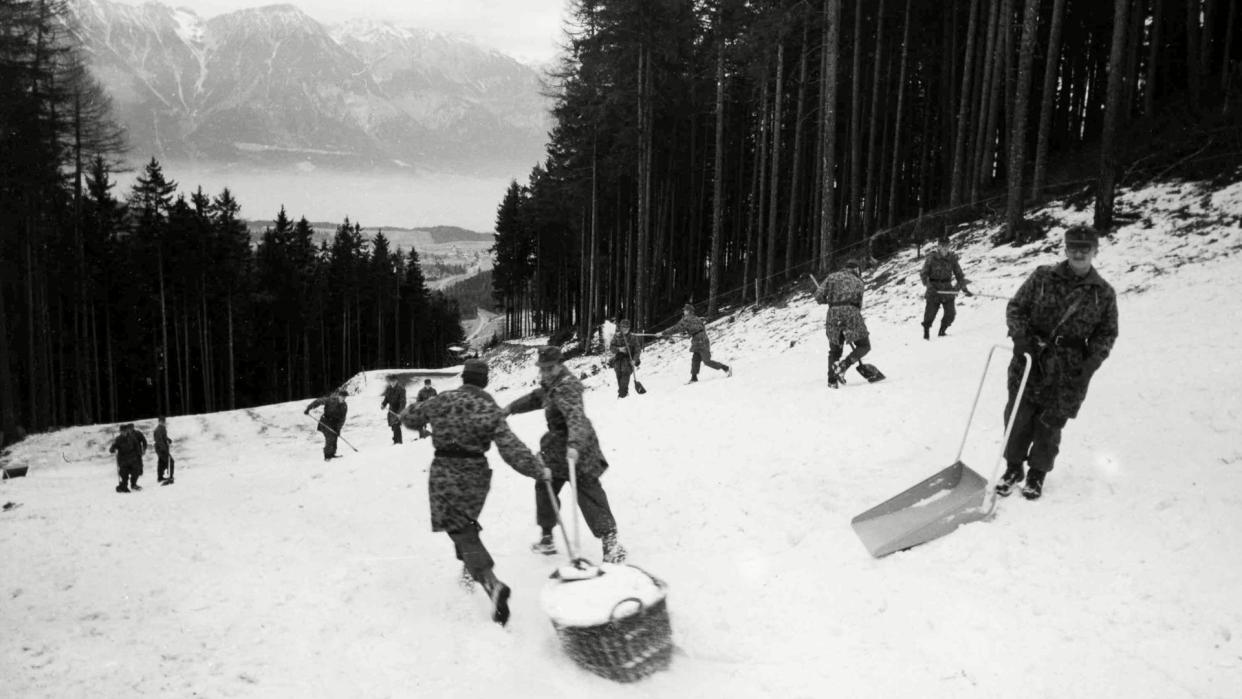
1964 -- Innsbruck, Austria
$24,120,000
Snow ended up being a major hurdle for Innsbruck when it hosted the 1964 Olympic Games. According to the Olympic Games website, "the Austrian army had to remove 20,000 blocks of ice from the mountainside and transport them down to the luge and bobsleigh tracks." They also had to transport snow to the Alpine skiing slopes. Despite the setbacks, Innsbruck hosted the cheapest Olympics ever in 1964 when adjusted to 2020 dollars.
See How Far Money Went: What You Could Buy With $100 the Year You Were Born
Pictured: Austrian soldiers use baskets to haul snow down to the 1964 Winter Olympics in Innsbruck, Austria.
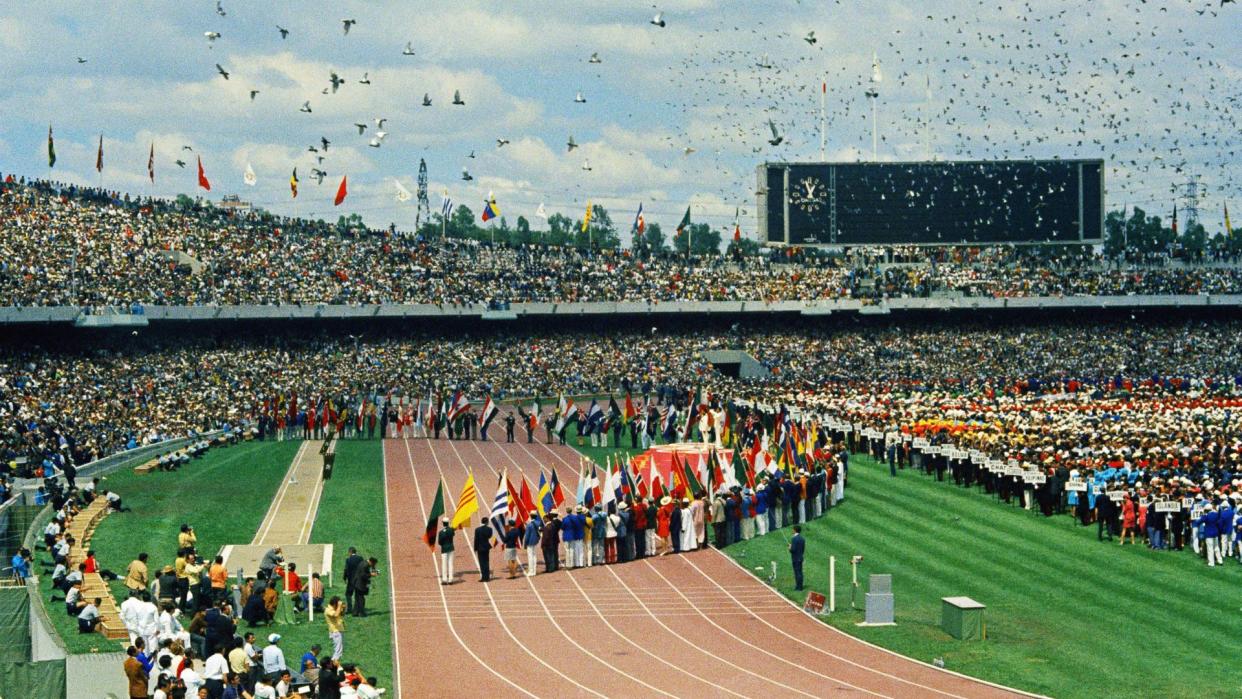
1968 -- Mexico City
$1,271,050,000
Much work had to be done to prepare Mexico City to host the Olympics, including an upgrade of the Olympic Stadium built in 1952, and the construction of an Olympic pool, basketball stadium, sports palace, cycling stadium and fencing stadium, Global Sport Matters reported.
Pictured: The opening ceremony at the University City Olympic Stadium during the 1968 Summer Olympics in Mexico City.

1968 -- Grenoble, France
$974,180,000
Grenoble made a number of improvements to host the Winter Games in 1968, which helped it to become a regional capital in France, according to the Olympic Games site. The city built the Palais du Sport to host figure skating and ice hockey, and it's where the opening ceremonies took place.
Pictured: Alain Calmet of France lighting the Olympic Flam during the opening ceremony of the 1968 Winter Olympics in Grenoble, France.
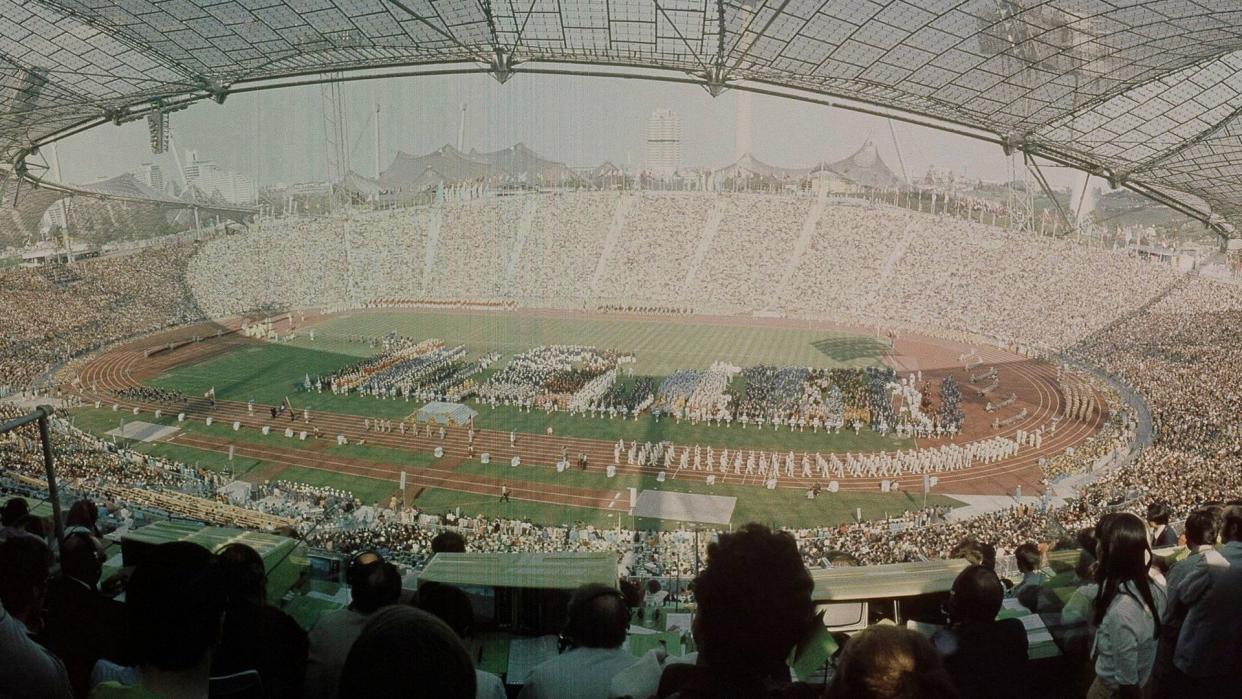
1972 -- Munich
$1,106,930,000
For the 1972 Olympics, Munich built a new Olympic Stadium topped with a glass roof designed to exude "openness and good vibes," according to The Nation.
Pictured: Olympic Stadium during the opening ceremony of the 1972 Summer Olympics in Munich, Germany.
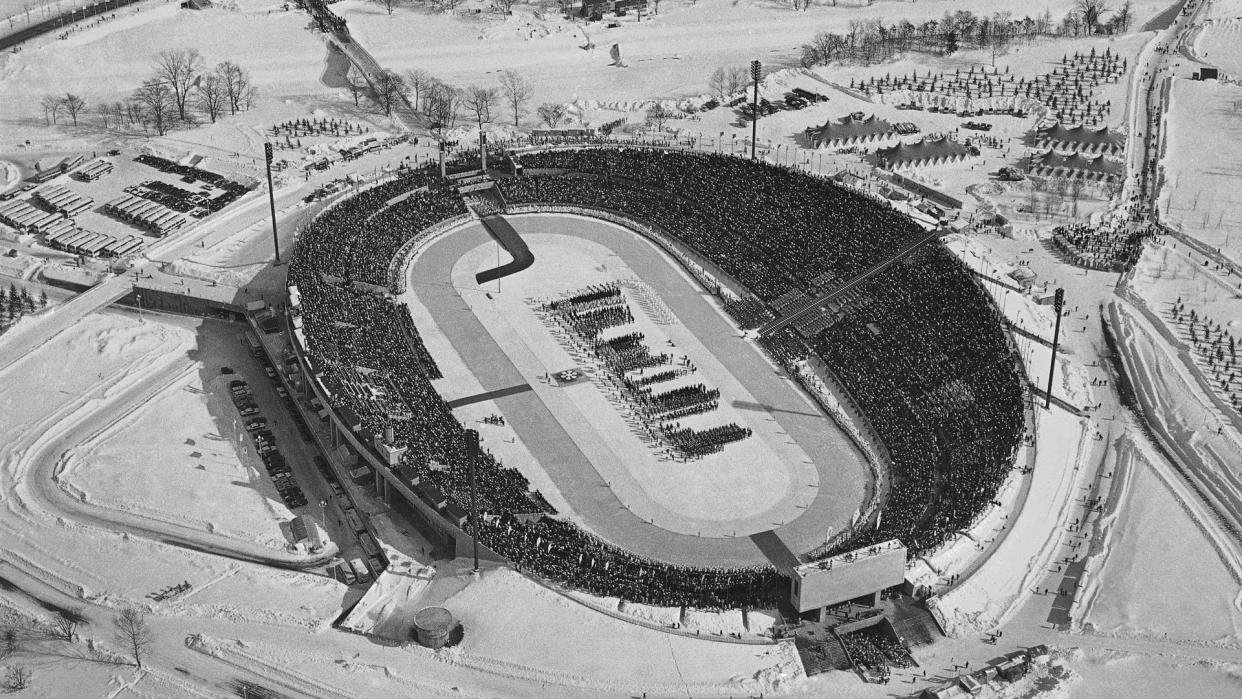
1972 -- Sapporo, Japan
$128,360,000
A number of sports stadiums were built in Sapporo for the 1972 Winter Olympics, including the Okurayama Jump Stadium and Miyanomori Jump Stadium, which are now popular sightseeing spots, and the Makomanai Open Stadium, which continues to host sporting events, according to the Sapporo Olympic Museum.
How Prices Have Changed: Here’s How Much It Cost To Go To Disney World the Year You Were Born
Pictured: Aerial view of the Makomanai Ice Stadium at the 1972 Winter Olympics in Sapporo, Japan.
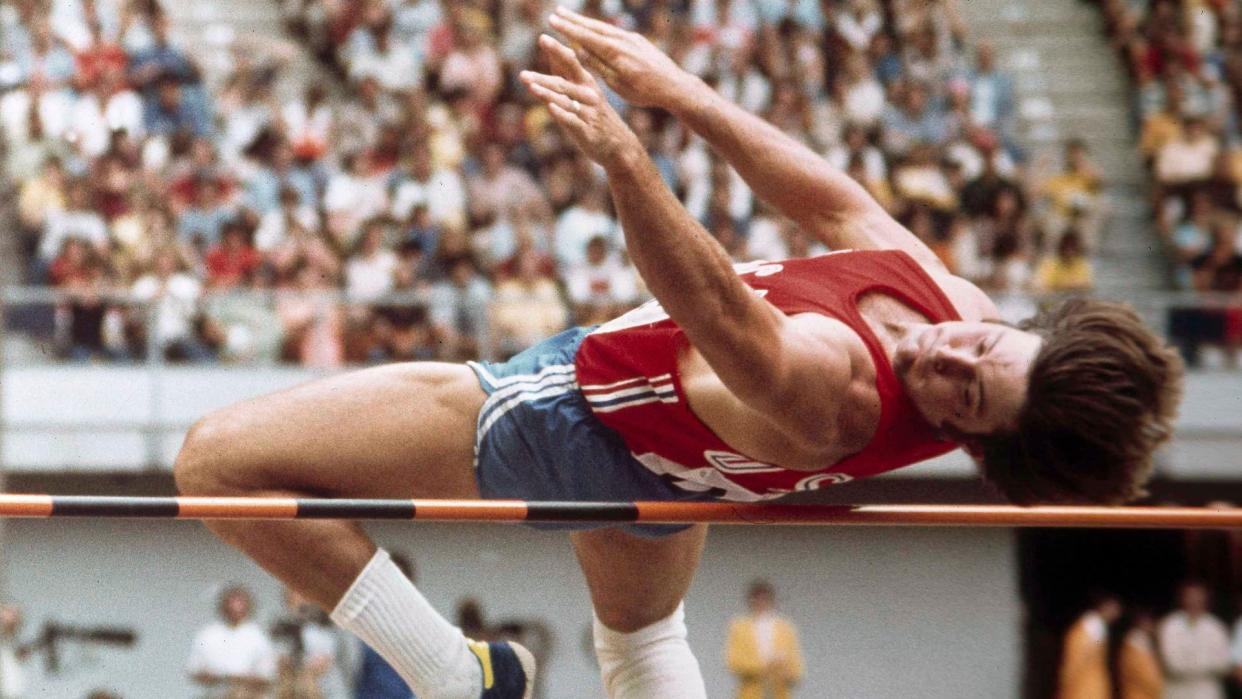
1976 -- Montreal
$6,684,340,000
The Montreal Olympics ended up leaving the city with 1.6 billion Canadian dollars worth of debt, The Guardian reported. Seventy-one million Canadian dollars were budgeted for the construction of a new Olympic Stadium, featuring an inclined tower and a retractable roof. However, the project took longer than anticipated which led to overtime costs piling up. It took Montreal 30 years to pay off all the debts it had racked up during its hosting gig.
Pictured: Bruce Jenner pole vaulting during the 1976 Summer Olympics in Montreal, Canada.

1976 -- Innsbruck, Austria
$129,450,000
Denver was selected to host the 1976 Winter Olympics, but the citizens of Colorado voted against hosting the games due to environmental and cost concerns. Innsbruck stepped in as host, and because the city had previously hosted in 1964, they were able to use many of the existing facilities with just minor renovations, according to Encyclopedia Britannica.
Pictured: The opening ceremony of the 1976 Winter Olympics in Innsbruck, Austria.
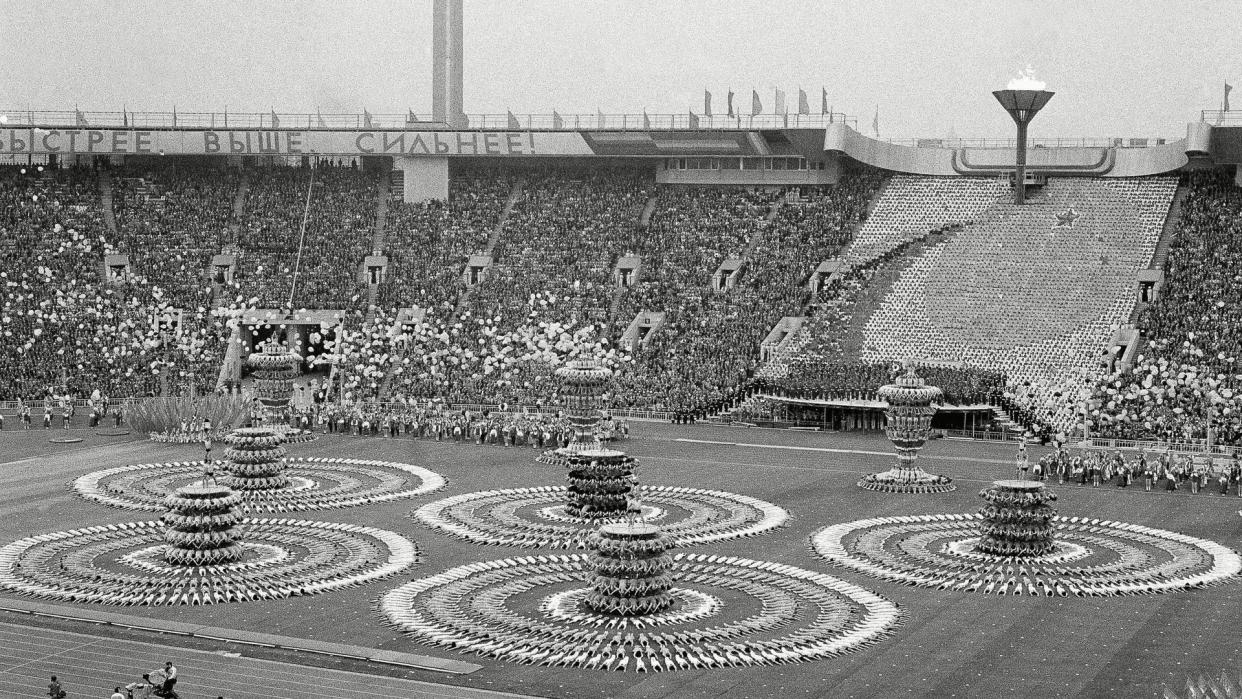
1980 -- Moscow
$6,945,440,000
Moscow -- located in the then-Soviet Union -- erected a number of massive structures for the 1980 Olympics as part of an infrastructure project that cost roughly $9 billion, Wired reported. Many of the sports venues built for the games are still in use, including the Bitza Equestrian Complex and the Druzhbah Sports Complex.
Pictured: The opening ceremony of the 1980 Summer Olympics in Moscow.
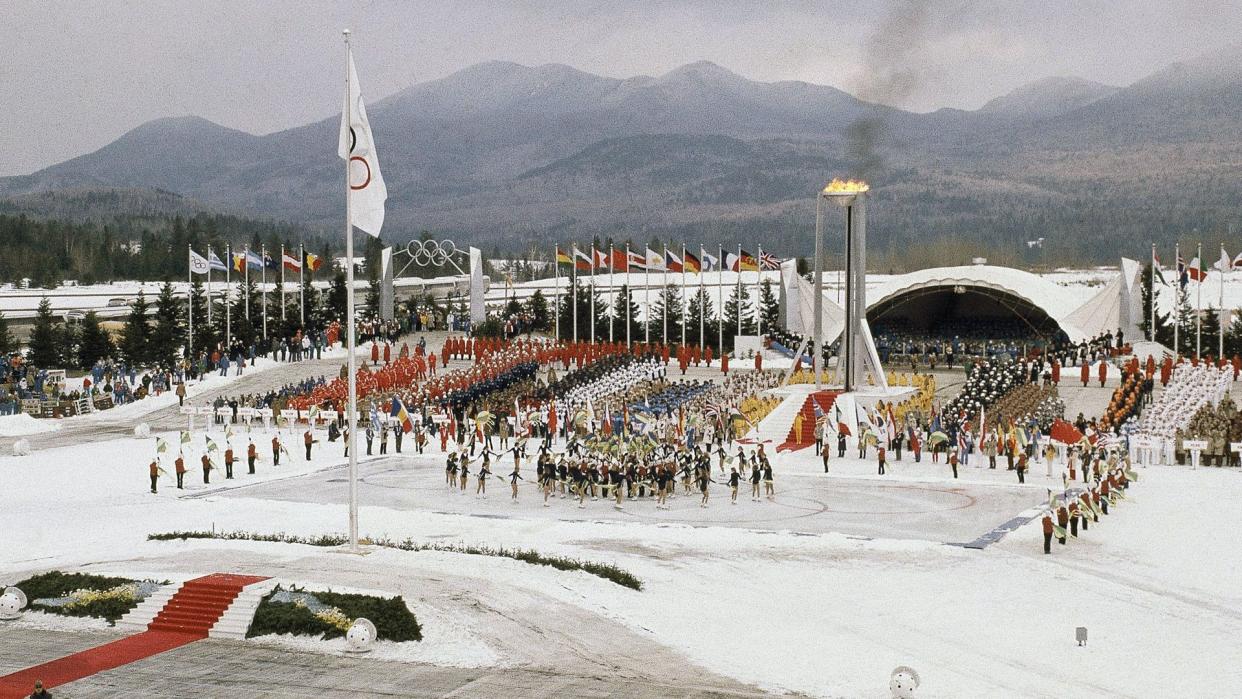
1980 -- Lake Placid, New York
$477,220,000
This year marked the second time that Lake Placid, New York, hosted the Winter Olympic Games -- the first time was in 1932. And though many host cities are left with financial struggles and unused facilities post-Olympics, the games had the opposite effect on Lake Placid, putting it on the map as a resort destination, The New York Times reported. Not only has it brought in tourism money, but the Adirondak village still makes use of the Olympic venues it built.
"All of the 1980 Olympic facilities are not only intact, but most have also been upgraded, and since 1980 they have been the site of 15 world championships, 65 World Cup events and 200 national-level events involving 20 sports," the Times reported.
Pictured: The opening ceremony of the 1980 Winter Olympics in Lake Placid, New York.
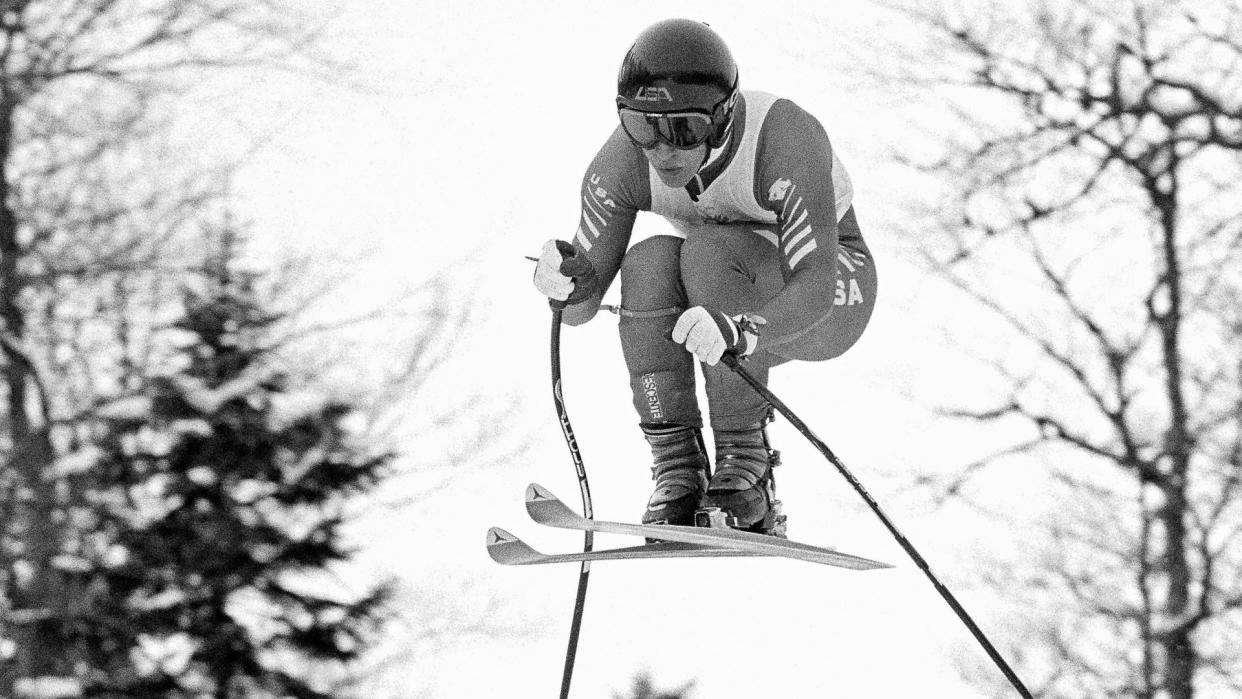
1984 -- Sarajevo, Yugoslavia
N/A
Due to war and unrest in the region, many of the structures Sarajevo, Yugoslavia -- Sarajevo is now the capital of Bosnia-Herzegovina -- built for the 1984 Olympics have since been destroyed or abandoned, Business Insider reported. That includes the bobsleigh and luge track, a ski-jumping venue and a speed-skating venue.
Read More: The Price of Coffee the Year You Were Born
Pictured: American downhill skier Bill Johnson at the 1984 Winter Olympics in Sarajevo.
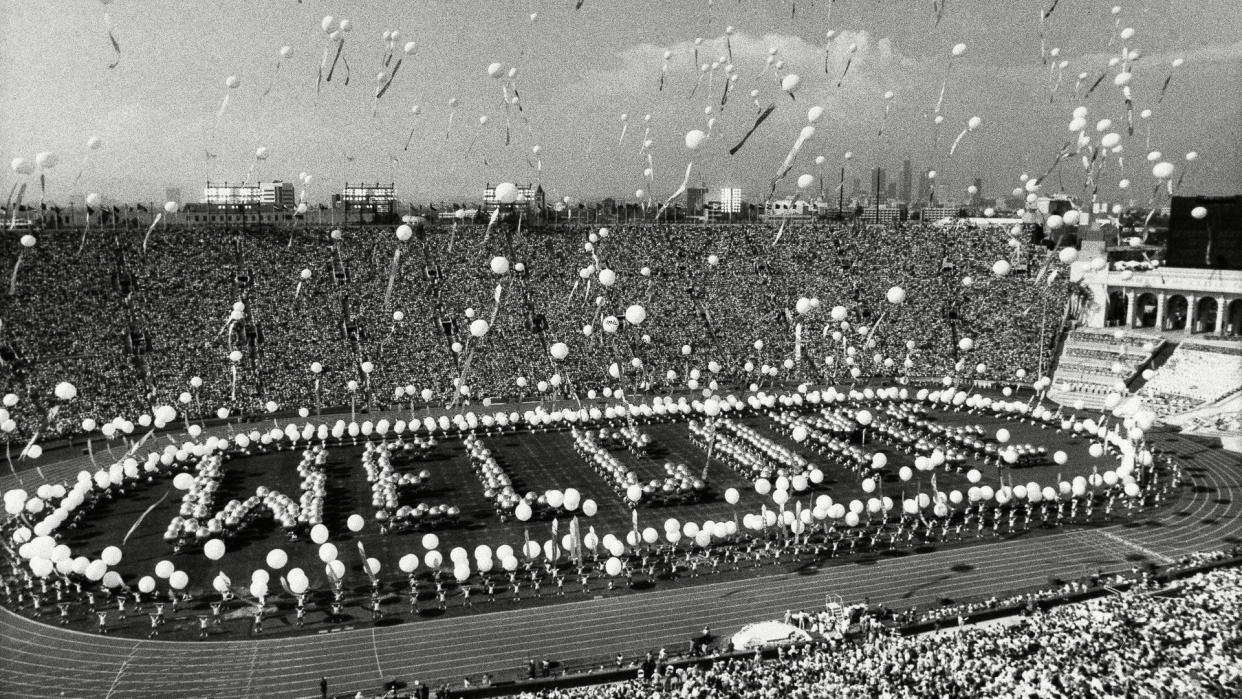
1984 -- Los Angeles
$788,780,000
Los Angeles hosted the 1984 Olympics on a relative shoestring budget by repurposing university dorms and facilities instead of erecting an Olympic Village, and using design continuity to connect disparate areas rather than hosting everything in one concentrated space, Curbed reported.
Pictured: The opening ceremony of the 1984 Summer Olympics in Los Angeles.

1988 -- Seoul, South Korea
$8,560,570,000
Seoul erected a number of parks, hotels and stadiums for the 1988 Summer Olympics, including the Jamsil Sports Complex, which houses the 100,000-capacity main stadium, a baseball stadium, two swimming centers, an indoor sports facility and a track field, China's Global Times reported.
Pictured: Ben Johnson winning the 100-meter race during the 1988 Summer Olympics in Seoul, South Korea.
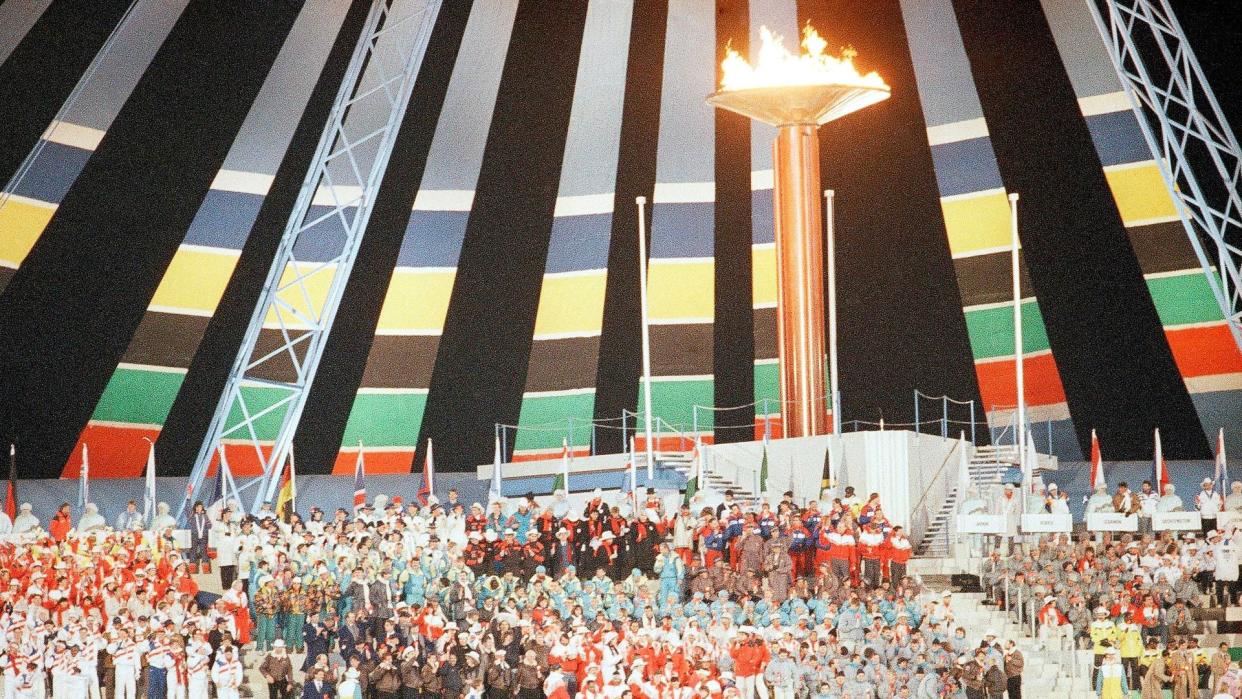
1988 -- Calgary, Canada
$1,216,630,000
Calgary did not have a single sporting facility when it agreed to host the 1988 Winter Olympics, the Calgary Herald reported. “But we convinced them we would build everything, it would all be new, and to the best world standards, as opposed to the aging facilities that other cities already had," Frank King, then chief executive of the Olympic Games, told the paper.
Calgary's Olympic facilities, including the Olympic Oval, remain intact.
Pictured: The closing ceremony of the 1988 Winter Olympics in Calgary, Canada.

1992 -- Barcelona, Spain
$10,627,150,000
Barcelona had already built an entire Olympic facility long before the city was selected to host the 1992 Games -- it had begun building an Olympic space as part of its bid to host the 1924 Games, The Street reported. The majority of its venues are still in use, including the Olympic aquatic center, which has been converted to public pools, and the Olympic Village, which was turned into apartments by the Mediterranean.
Pictured: U.S. Dream Team star player Michael Jordan blocking a basket during the 1992 Summer Olympics in Barcelona, Spain.

1992 -- Albertville, France
$2,190,820,000
Albertville ended up going into debt after numerous expenses broke the predicted Olympic Games hosting budget. Technical issues increased the cost of the bobsled run and the ski jumps by several million dollars each. It also cost $92 million just to house and feed the athletes and officials, The New York Times reported.
Compare: The Cost of a Car the Year You Were Born
Pictured: Finland's 16-year-old Toni Nieminen on the way to winning gold at the 1992 Winter Olympics in Albertville, France.
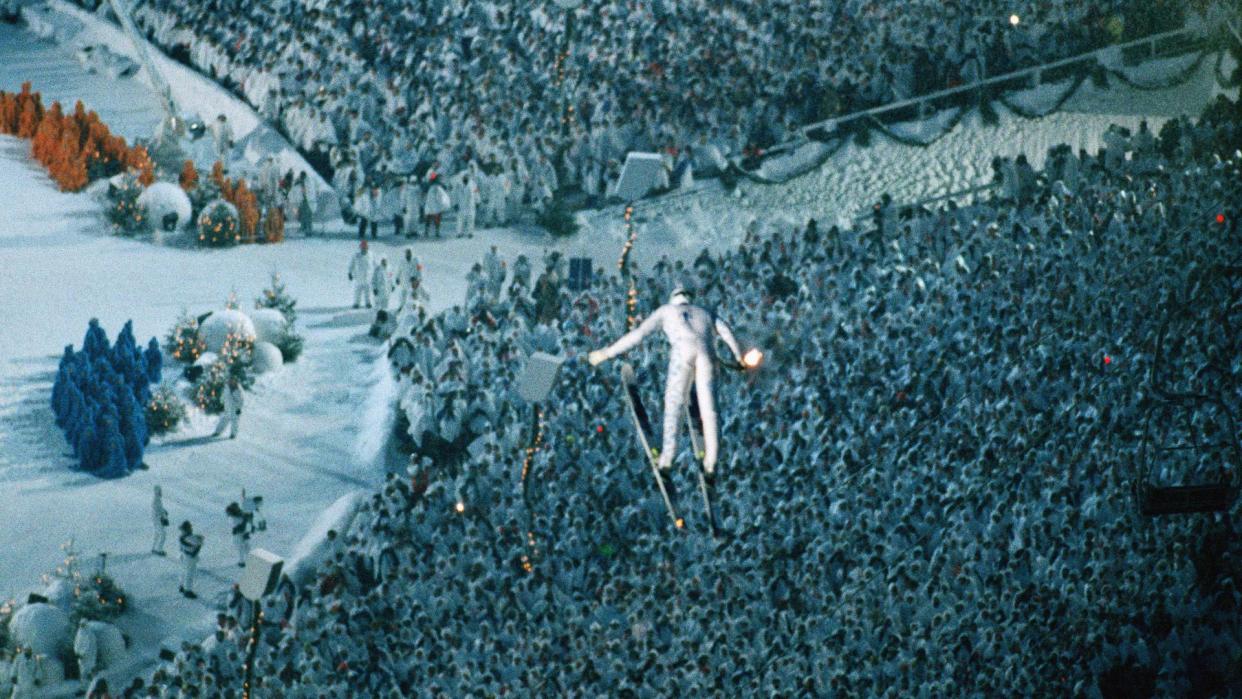
1994 -- Lillehammer, Norway
$2,444,230,000
The southern Norwegian town of Lillehammer is tiny -- the population at the time it hosted the Olympics was roughly 23,000 -- so much work needed to be done to get it ready for such a large-scale event. But it seems the billions put into it were well worth it -- the 1994 Winter Olympics created a legacy of winter sports for Norway, and all 10 of the sporting venues that were built for the games remain in use today, according to the Olympics website.
Pictured: Stein Gruben soars over the crowd as he carries the Olympic Torch during the opening ceremony of the 1994 Winter Olympics in Lillehammer, Norway.
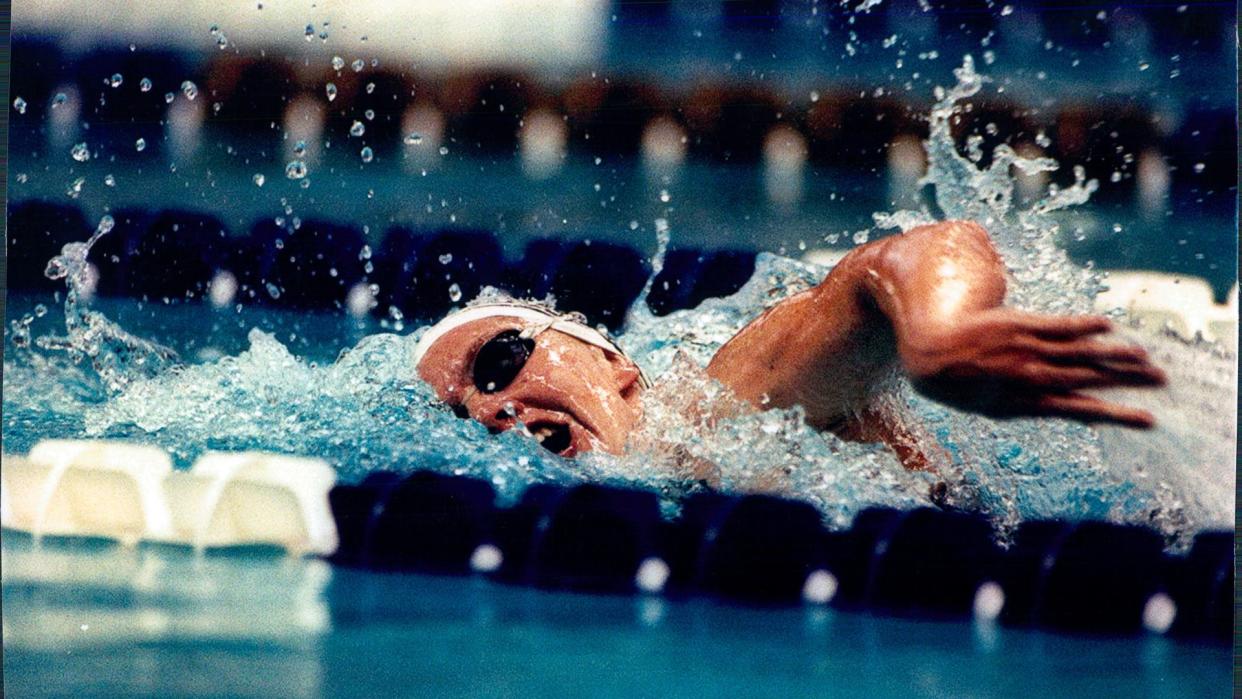
1996 -- Atlanta
$4,545,090,000
Atlanta spent over $1 billion on the construction of Olympic venues, housing for the athletes and other projects, NPR reported. One of the enduring projects is the Centennial Olympic Park, a 21-acre plaza that is still a popular destination for locals and visitors alike.
Pictured: Michelle Smith during her gold-medal-winning race at the 1996 Summer Olympics in Atlanta.

1998 -- Nagano, Japan
$2,443,140,000
Nagano went over its Olympic budget by 56%, CNN Money reported. And there wasn't really a good return on investment either, as the city failed to draw tourists after the 1998 Winter Games wrapped.
Pictured: Great Britain's Douglas Dryburgh releases curling stone during the 1998 Winter Olympics in Nagano, Japan.
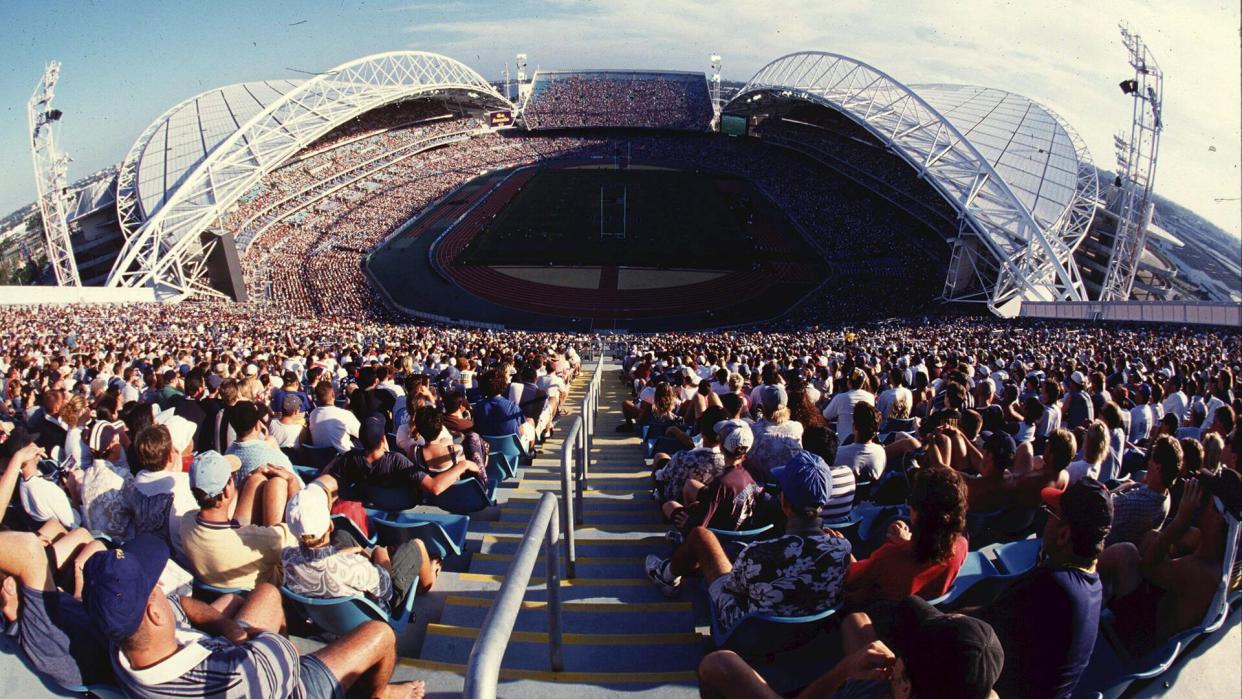
2000 -- Sydney
$5,513,790,000
Before the 2000 Olympics, Sydney did not have a large, multipurpose stadium. The Australian city now has not only a stadium, but also an aquatic center, a tennis center, an indoor arena and numerous other facilities. Its former Olympic Village, which was built on a former industrial site, is now a small town of 3,500, The New York Times reported.
Pictured: The Olympic Stadium at the 2000 Summer Olympics in Sydney.
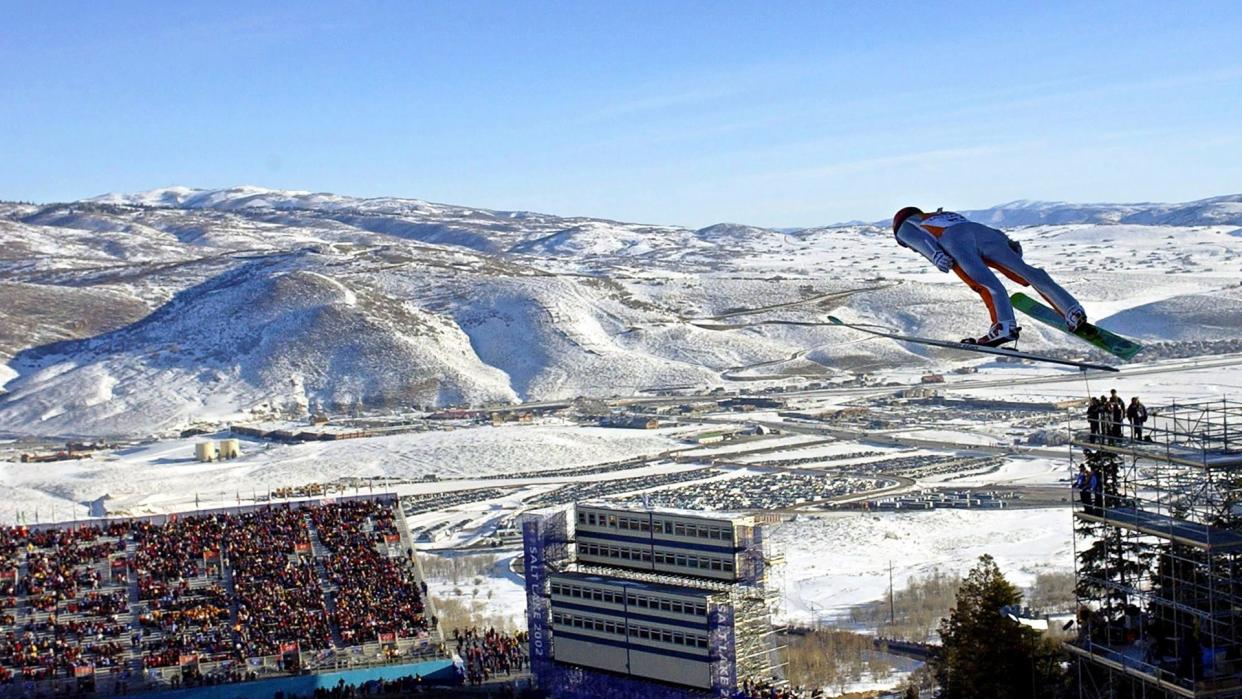
2002 -- Salt Lake City
$2,764,570,000
Hosting the Olympics cost Salt Lake City $1.9 billion in 2002 dollars, The Los Angeles Times reported. One of the biggest expenses was $300 million for security -- most of which was paid by taxpayers.
Pictured: Simon Ammann competes in the men's K90 ski jump during the 2002 Winter Olympics in Salt Lake City.
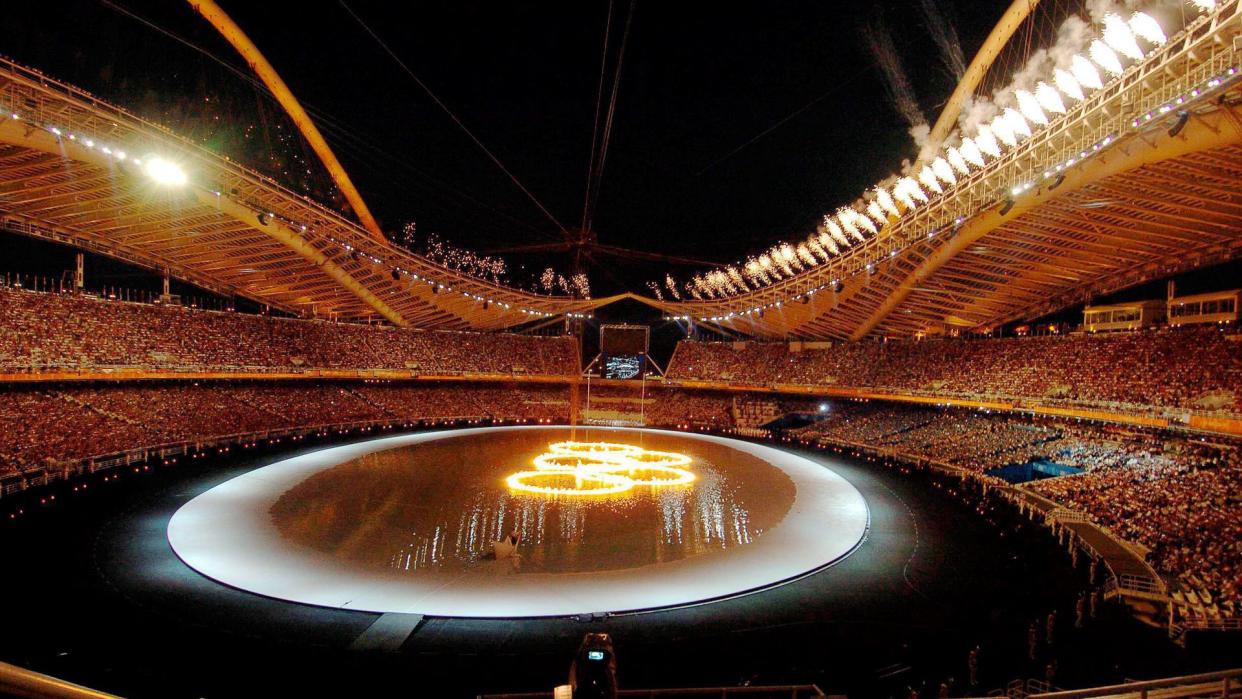
2004 -- Athens, Greece
$3,227,530,000
Some experts believe that the over-budget spending on 2004's Olympic Games was a major contributor to Greece's eventual debt crisis. Costs included $1.2 billion for security, plus billions more to build facilities and improve infrastructure. And just a few years after the Olympics, many of the sports arenas were no longer being used, CNBC reported.
Take a Look: The Cost of Health Insurance the Year You Were Born
Pictured: The Olympic Stadium during the opening ceremony at the 2004 Summer Olympics in Athens, Greece.
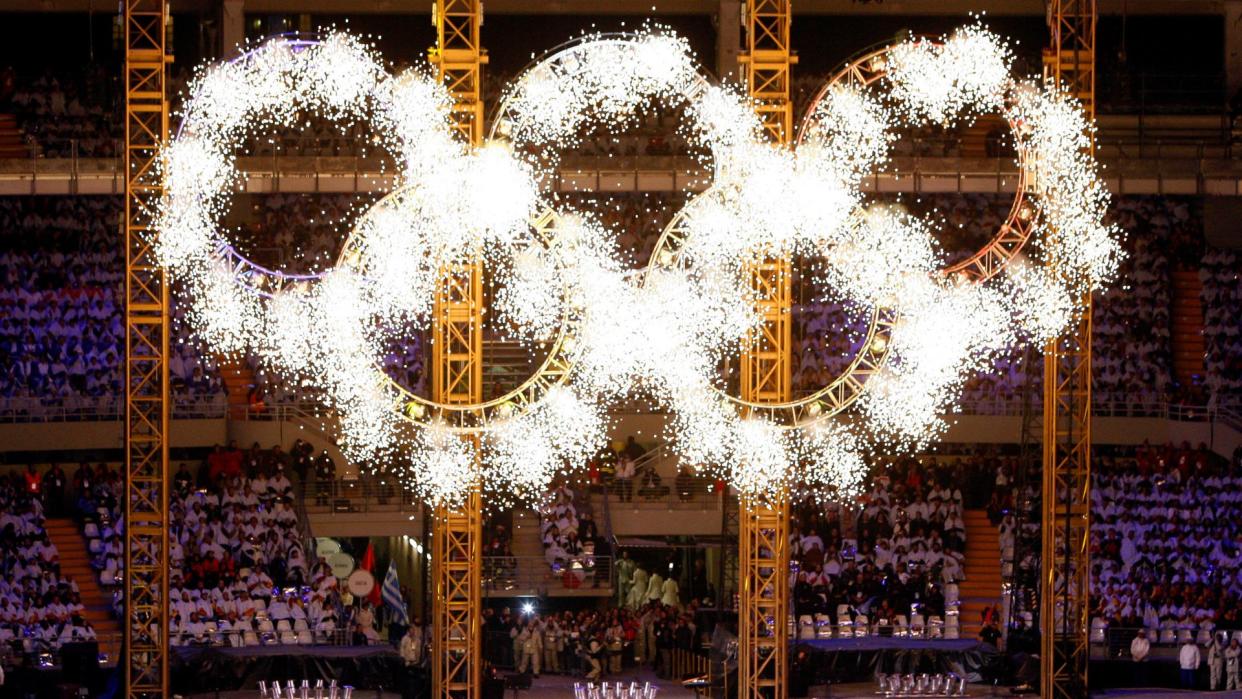
2006 -- Torino, Italy
$4,789,730,000
Three Olympic Villages were constructed for the 2006 Winter Games in Torino -- one in Turin, one in Sestriere and one in Bardonecchia, with a combined capacity of 4,050, the Olympic Games website reported.
Pictured: The Olympics Rings light up during the opening ceremony of the 2006 Winter Olympics in Turin, Italy.

2008 -- Beijing
$3,227,530,000
Beijing spent billions on new stadiums, subways and roads in preparation for the 2008 Olympics, but China's strong economy could handle the financial burden, Reuters reported at the time. One of the new structures built for the Olympics was the National Stadium, also known as the Bird’s Nest, which cost less than a quarter of the total anticipated budget.
Pictured: Athletes compete in The National Stadium, also knows as the Birds Nest, at the 2008 Summer Olympics in Beijing.

2010 -- Vancouver, Canada
$2,786,510,000
Although it cost billions to host the 2010 Olympic Games, officials reported that Vancouver had paid off all of its debts related to the games by 2014, the CBC reported. It's important to note that this does not factor in the billions spent on infrastructure improvements.
Pictured: Lindsey Vonn reacts after completing the women's downhill at the 2010 Winter Olympics in Vancouver, Canada.
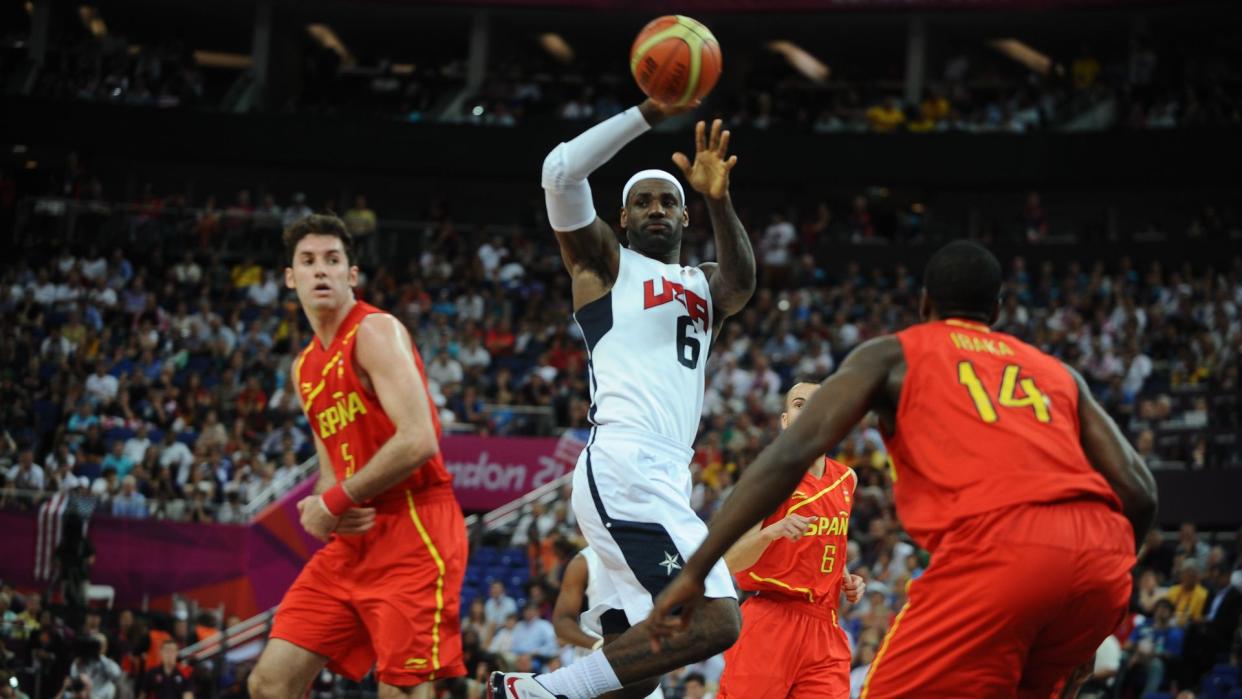
2012 -- London
$16,408,620,000
Although the London Olympics cost billions of dollars -- and is the second-most-expensive Olympics of all time, according to this study -- officials said they actually spent less than they thought they would on security, transportation and construction, The Hollywood Reporter reported at the time.
Pictured: LeBron James shooting a basket during the 2012 Summer Olympics in London.
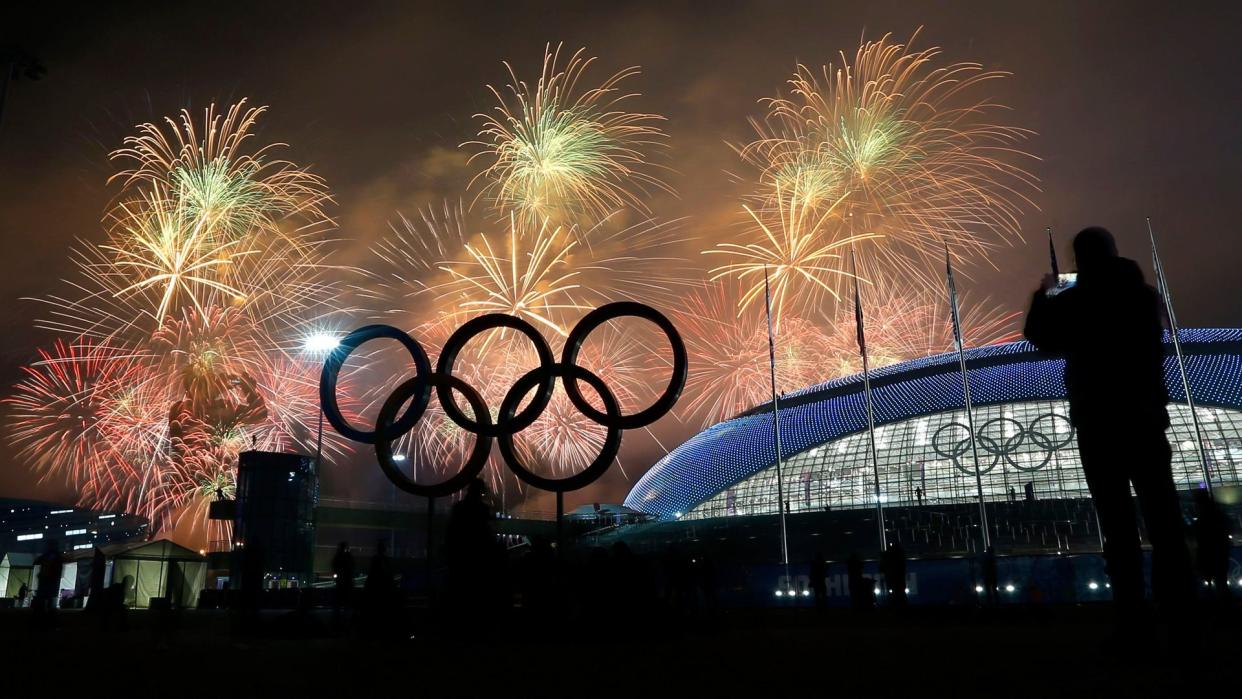
2014 -- Sochi, Russia
$24,014,490,000
Sochi takes the crown as the most expensive Olympic Games of all time. Although Winter Olympics typically cost less than the Summer Games, Sochi flipped the script with its exorbitantly high bill. Drastic measures had to be taken to ensure that there would be enough snow, as Sochi can be warm during the time the Olympics takes place. Security was also a major expense, and there were reports of corruption as well, Business Insider reported.
Pictured: The closing ceremony of the 2014 Winter Olympics in Sochi, Russia.

2016 -- Rio de Janeiro
$4,896,900,000
Rio spent over $2 billion on sports venues, and another $2.8 billion to actually run the Olympic Games, the Associated Press reported.
Pictured: Kevin Durant holds up American Flag after winning the gold medal in men's basketball during the 2016 Summer Olympics in Rio De Janeiro.

2018 -- Pyeongchang, South Korea
$13,283,280,000
Thirteen venues were built to host the Olympic Games at Pyeongchang, and the Olympic Stadium alone cost $60 million to complete, Business Insider reported.
More From GOBankingRates
Pictured: The closing ceremony of the 2018 Winter Olympics in Pyeongchang, South Korea.
Methodology: To catalog the cost of every Olympics event held from 1936 to present, GOBankingRates primarily drew from a 2016 study published by Oxford University's Saïd Business School researchers Bent Flyvbjerg, Allison Stewart, and Alexander Budzier. The estimates provided in this study include all staging costs and direct capital costs (building venues, press centers, etc.), but exclude non-OCOG indirect costs, such as infrastructure investments "made in preparation for the games, but not directly related to staging the games." GOBankingRates converted total direct cost estimates for all Summer and Winter Games from 1960-2014 provided by this study into 2020 figures using the Bureau of Labor Statistic's inflation calculator. Then, GOBankingRates combed a variety of sources to find cost estimates for any games not covered by the aforementioned Oxford study between 1936-2018, finding Zarnowski's "A Look at Olympic Costs" from the Journal of Olympic History especially useful. Direct cost estimates were unavailable for Winter Olympics held before 1960. All data was collected on and up-to-date as of June 1, 2020.
This article originally appeared on GOBankingRates.com: The Cost of the Olympics in the Year You Were Born
